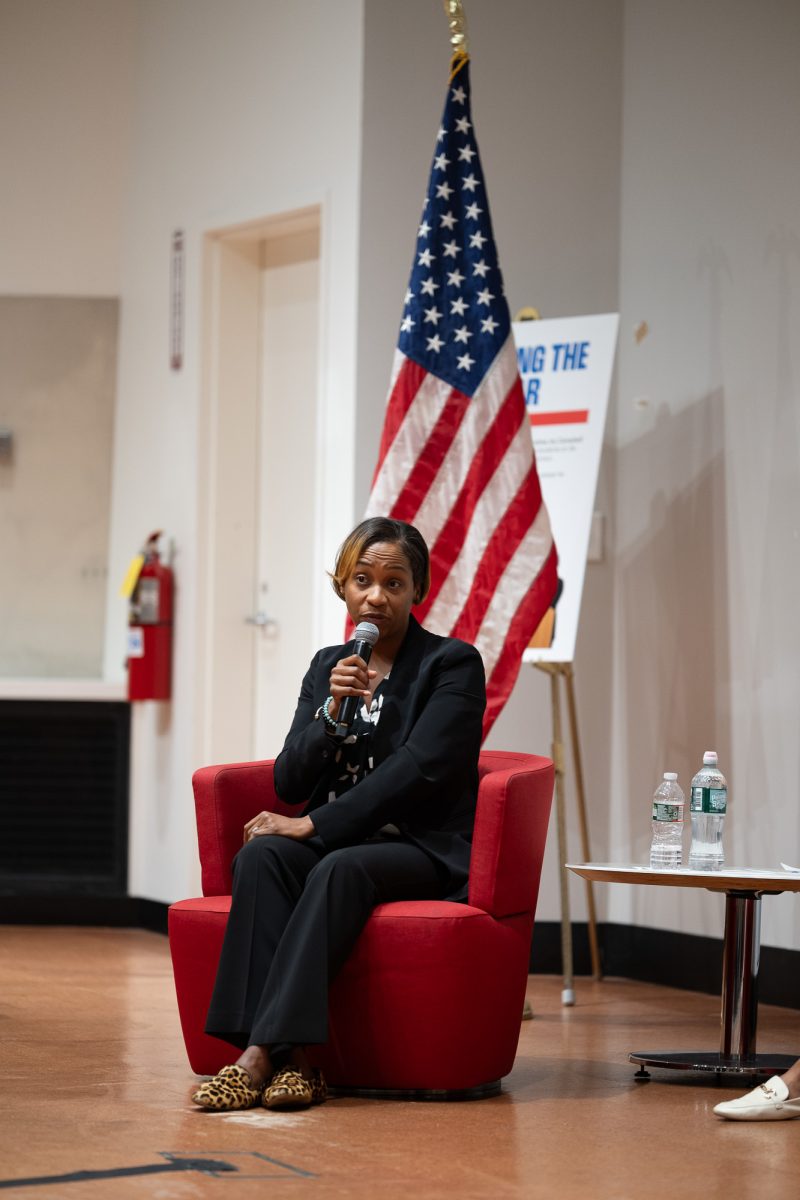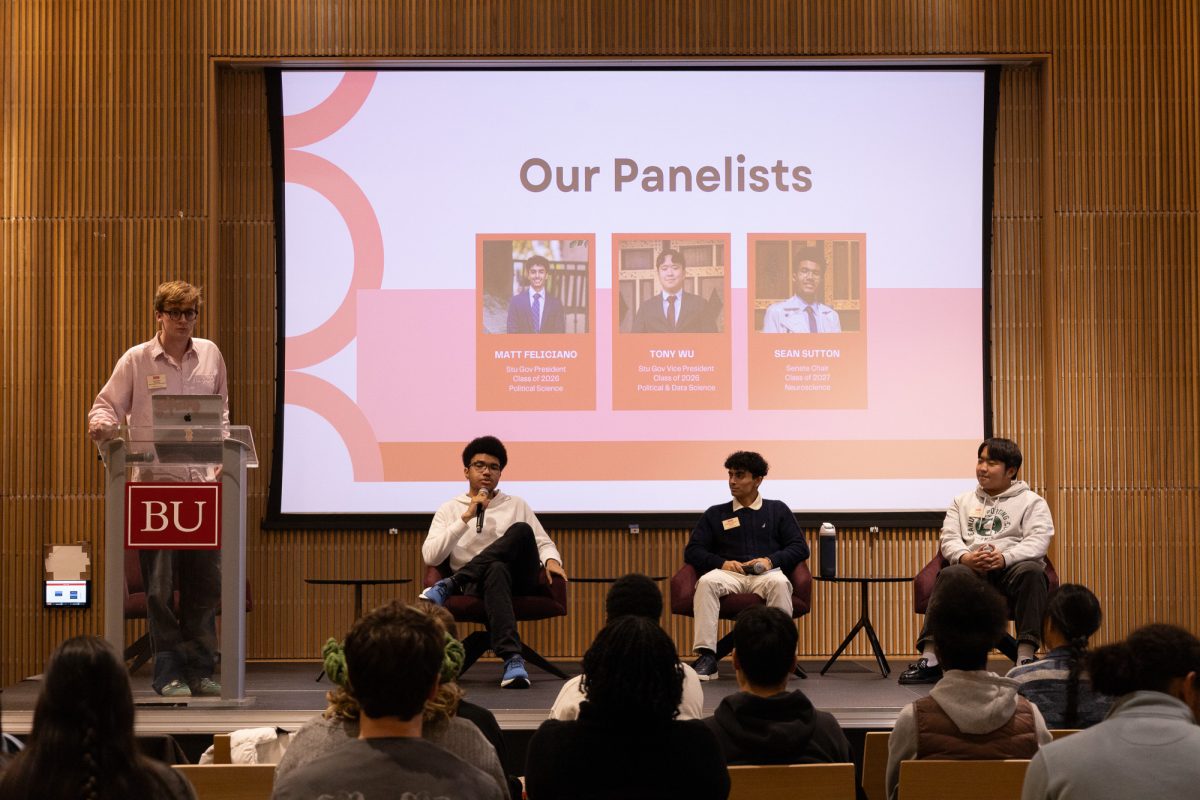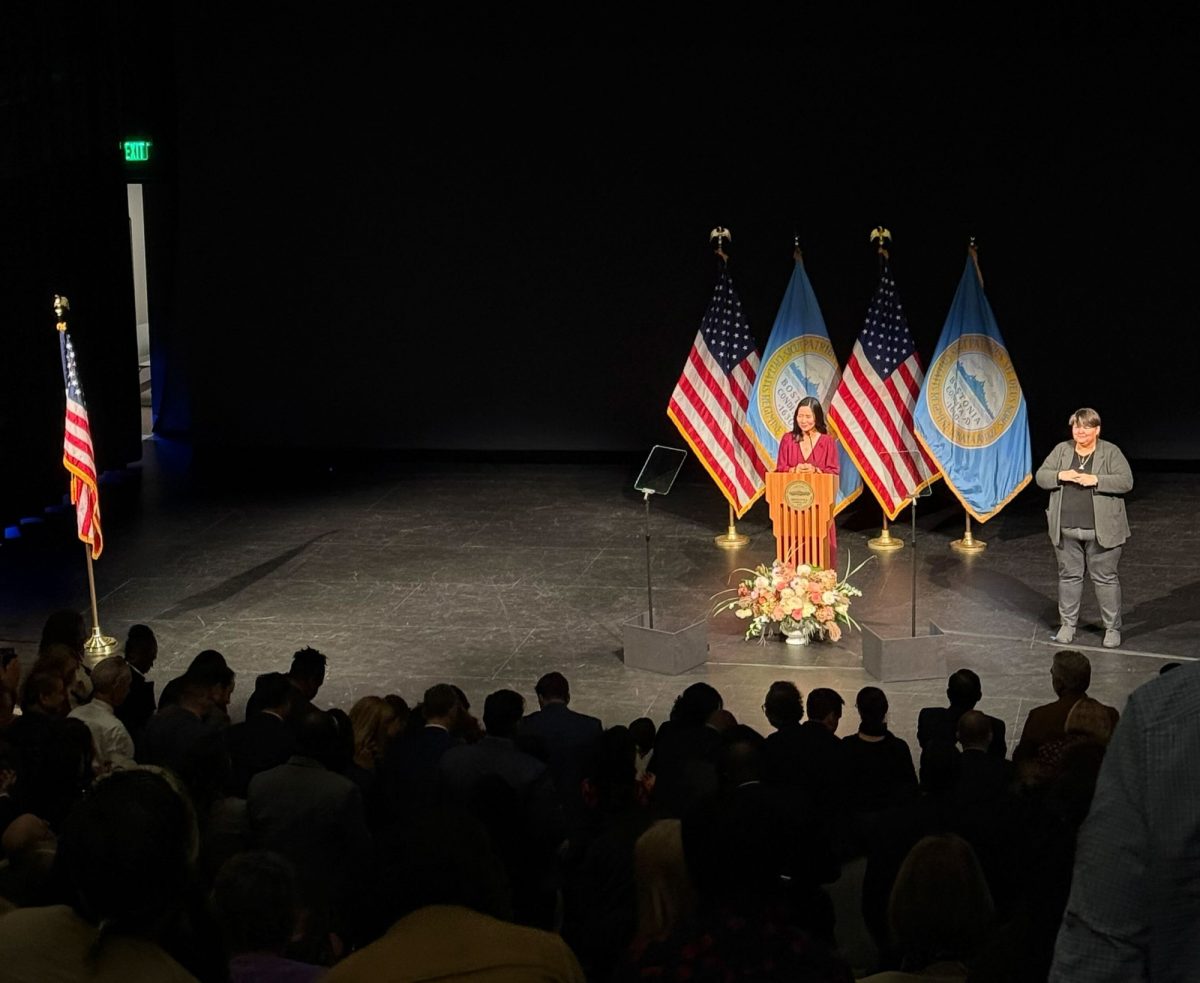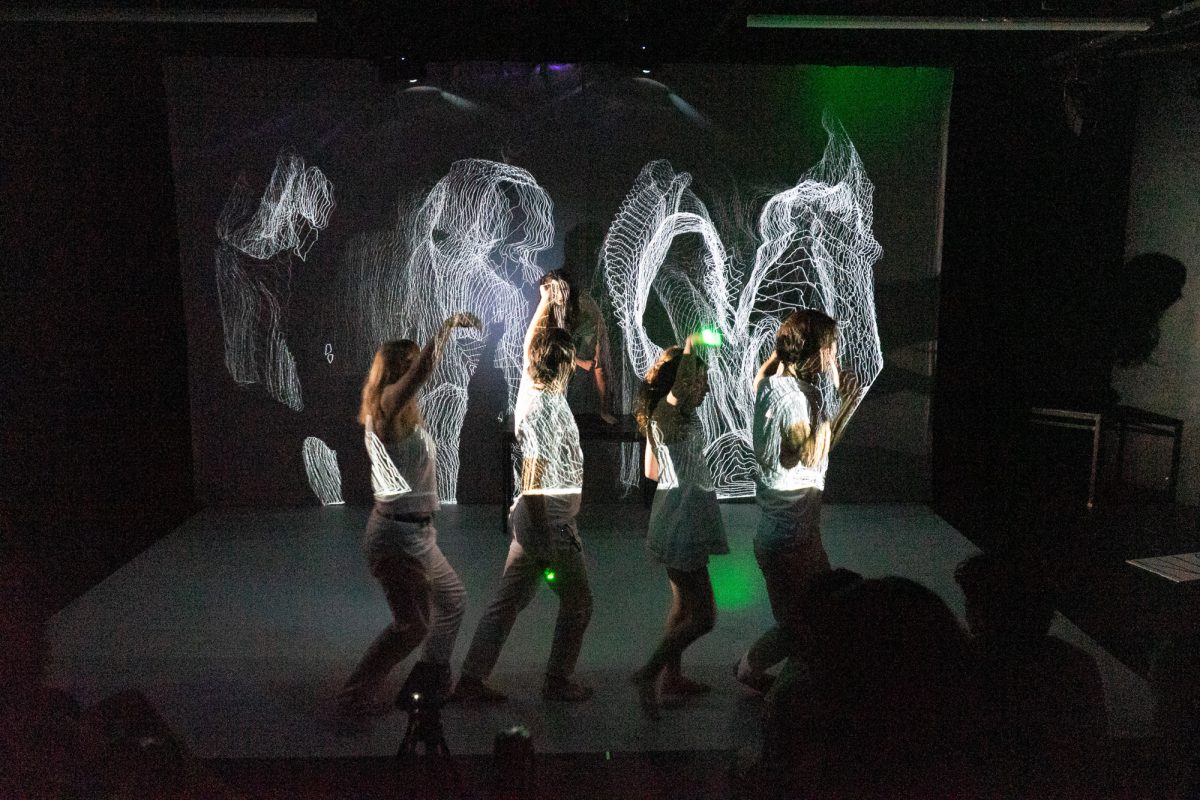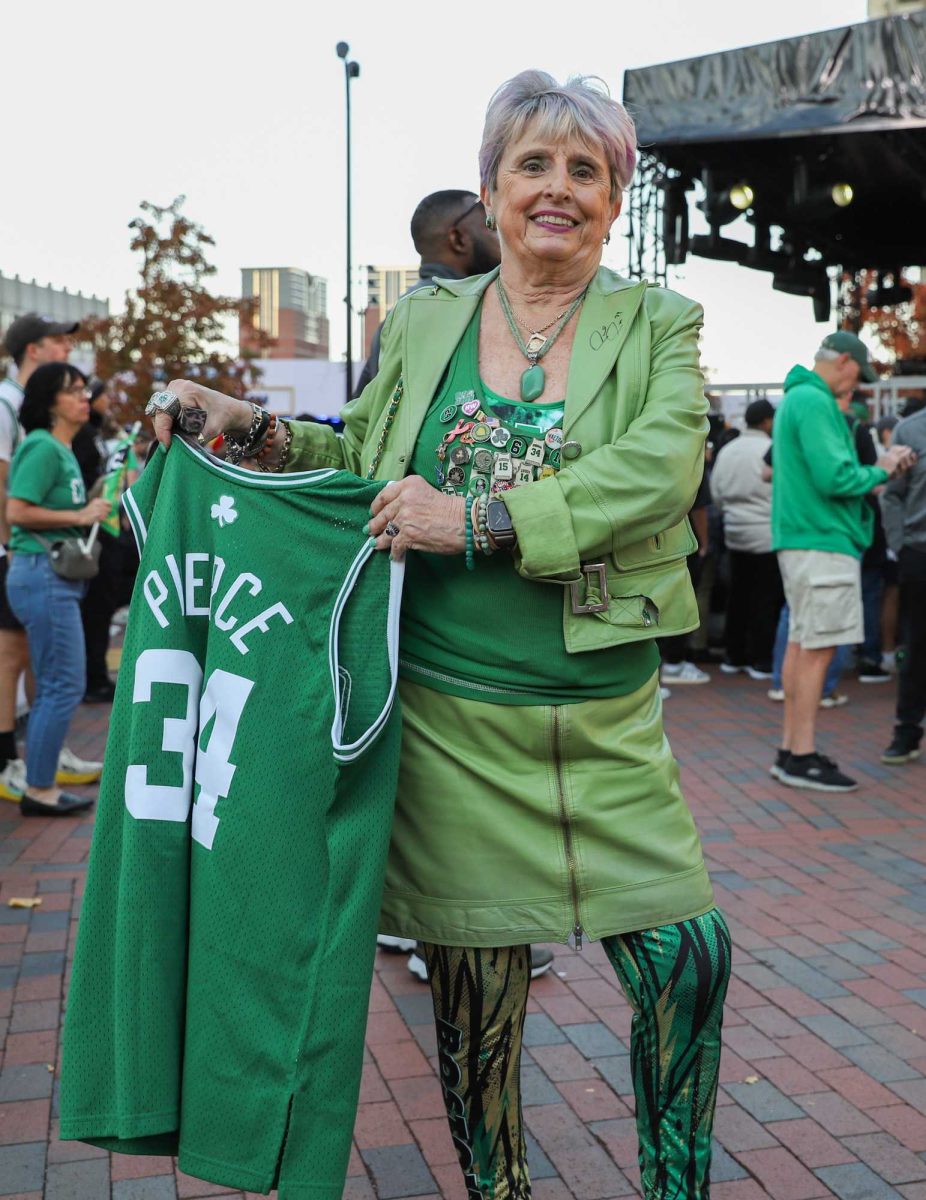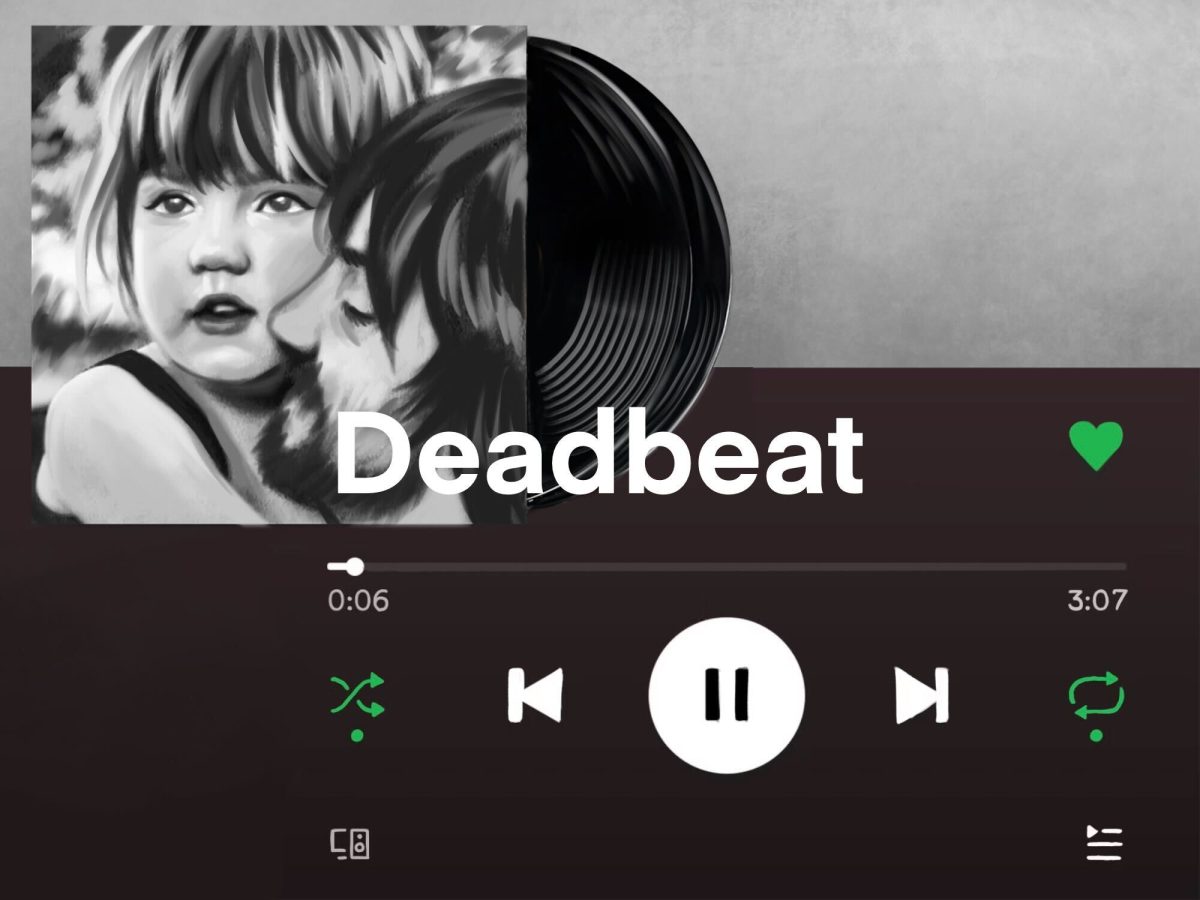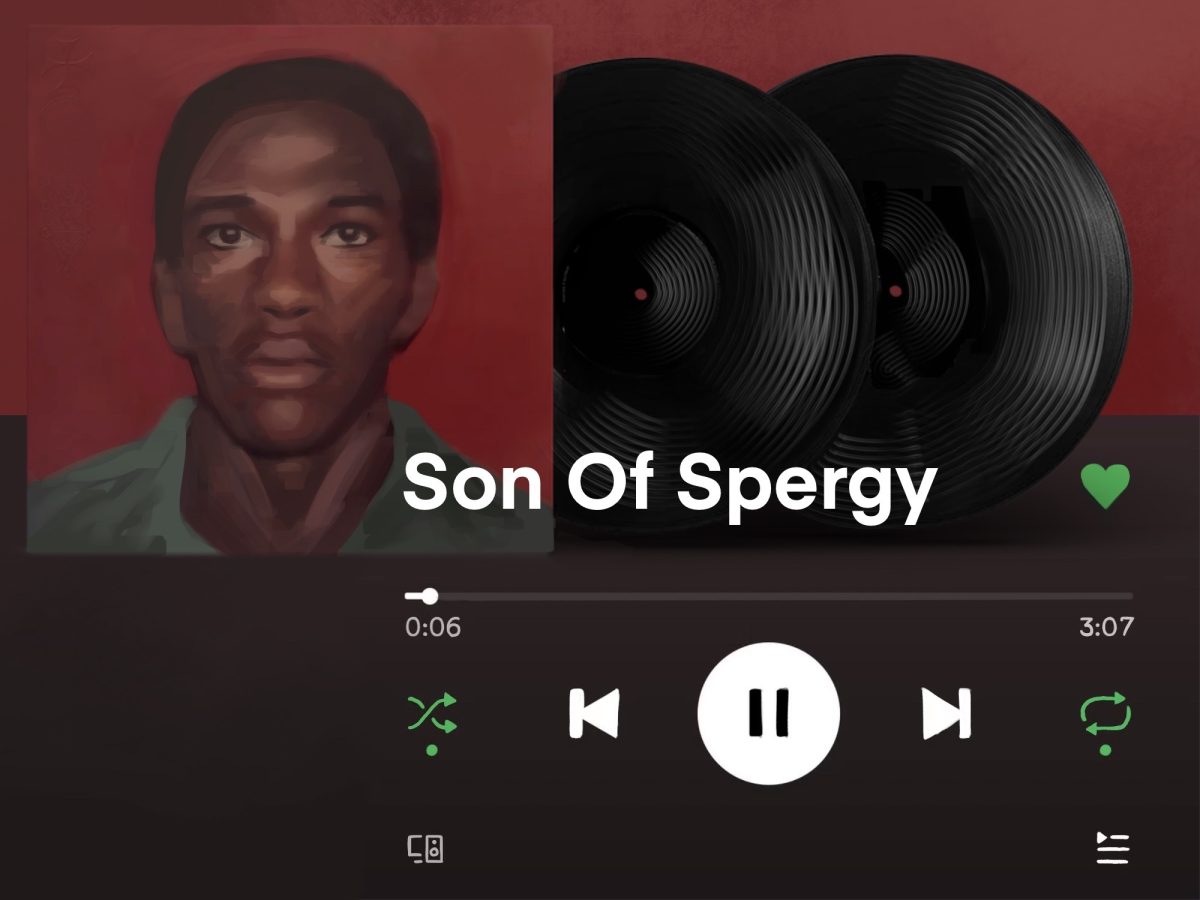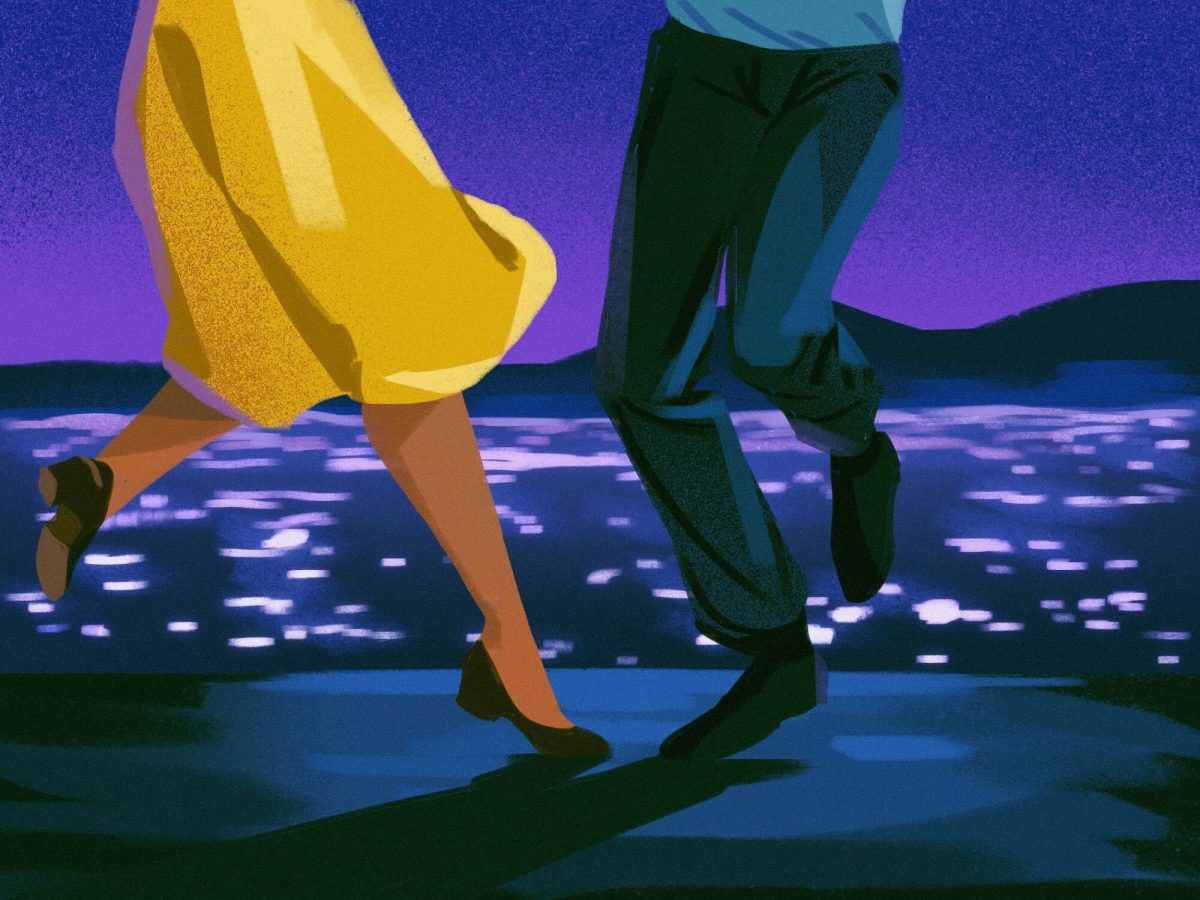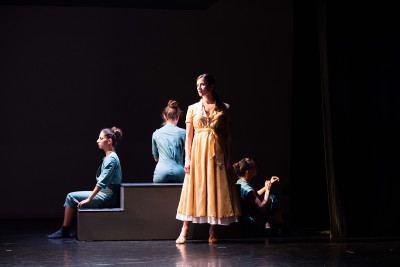
Friday at the Boston University Dance Theater, the Fort Point Theatre Channel presented an hour-long excerpt of James Swindell and Mark Warhol’s yet-unreleased opera “Jeanne: The Story of a Woman” in collaboration with Contrapose Dance and Ensemble Warhol. Unfortunately, the operatic performance ended up leaving the audience wanting more clarity and consistency as opposed to more of the show itself.
The first scene opened with Mark (Patrick Massey) walking onto the stage in an elegant white suit. Accompanied by percussionist Robert Schulz’s music, Mark immediately leapt into a passionate monologue. Schulz’s drums served as an excellent complement, appropriately emphasizing the urgent and sporadic nature of Mark’s words.
Massey played a compelling Mark, despite the slightly confused substance of the character’s lines. At times, it seemed as though the rhythmically straightforward first scene was working a bit too hard at appearing mysteriously meaningful.
The second scene brought the audience back to Mark’s youth as a college student and factory intern. This scene featured a musical performance by the Boston String Quartet, conducted by Andrew Altenbach, accompanied by a trio of dancers.
The dancers — Nina Brindamour, Danielle Davidson and Magdalena Gyftopolous — performed an eye-catching modern dance with a clear, industrial spin. To reflect the automated factory in which the scene was set, the dancers’ steps took on a mechanical flow. As graceful and effective as they were, however, the dancers did not steal the spotlight from protagonist Jeanne (Anna Ward).
Ward’s talent shone throughout the second scene. The passionate and gifted soprano demanded the attention of every audience member with incredible consistency.
Her wonderful voice, however, felt dragged down by the lyrics she sang. A good portion of the scene was a debate between Jeanne and Mark over the relationship between humans and machines, and words such as “automation” and “guillotine” simply are not alluring to the ears. More puzzling, though, was a large and ostensibly climactic moment in Ward’s lyrics that essentially boiled down to the fact that the workers occasionally worked overtime.
The librettist Swindell assuredly had a lot to say with “Jeanne.” The beginning discussion about machines was sufficiently interesting. It introduced a philosophical issue and drew comical distinctions between Jeanne and Mark. The dynamic between the two foil characters was one that would have been helpful to see more of.
Instead of exploring the relationship between the two characters, the scene morphed into a rather flat discussion of abortion. Here, Jeanne claimed the majority of the lines, while Mark was pushed to the back. Unfortunately, her passionate song felt closer to a dump of Swindell’s opinions rather than an insight into Jeanne’s. The story of Jeanne’s past was somewhat honestly expressed later on in the opera, but was disappointingly forced and ill-fitting in this excerpt.
On the other hand, the Boston String Quartet shone throughout the entirety of the second scene. The hauntingly beautiful strings set a contemplative yet intense mood that would spill over into the opera’s subject matter. The minor key and dissonance of the score was perfectly combined with its choppy rhythm, mimicking the robotic factory setting.
The third scene saw the return of Schulz’s percussion. Schulz drew the majority of the attention for the duration of this short scene as Mark walked out on stage and began to mouth words accompanied by vigorous hand motions. Throughout the scene, he did not speak or sing a single word.
This design choice succeeded in begging the question of exactly what it was that Mark was trying to say and why he was unable to do so. However, the lack of revealing content in the scene felt like an inconclusive end to a beautiful, yet similarly underdeveloped, piece of music, choreography and dance.
“Jeanne” was a somewhat intriguing opera that simply fell short. Each performer sang, danced and played magnificently, but the whole was entirely less impressive than each separate part.


